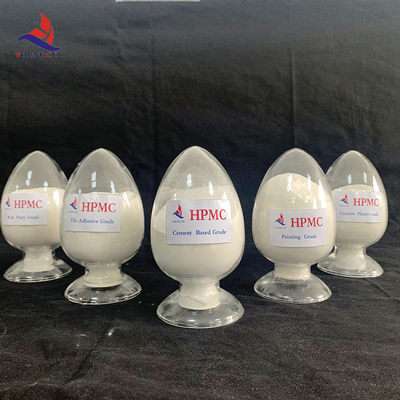The Role of Cellulose-Based Adhesives in Modern Applications
Cellulose-based adhesives are gaining traction in various industries due to their eco-friendly nature, renewable resources, and effective bonding properties. Cellulose, the most abundant organic polymer on Earth, is primarily sourced from plant materials such as wood, cotton, and other agricultural residues. This article discusses the significance of cellulose adhesives in modern applications, highlighting their advantages, formulation techniques, and future prospects.
Advantages of Cellulose Adhesives
One of the most compelling reasons for the adoption of cellulose-based adhesives is their environmental friendliness. Unlike traditional synthetic adhesives that often contain harmful solvents and volatile organic compounds (VOCs), cellulose adhesives are derived from natural materials, making them biodegradable and less toxic. This attribute aligns with the increasing global emphasis on sustainability and eco-conscious manufacturing practices.
Moreover, cellulose adhesives offer excellent adhesion qualities. They can bond various substrates, including paper, wood, textiles, and some plastics, making them versatile for applications ranging from packaging to woodworking. Their ability to maintain strong bonds in different environmental conditions further enhances their utility. Cellulose adhesives also have good resistance to moisture, heat, and aging, proving effective in both indoor and outdoor applications.
Formulation Techniques
cellulose adhesive

The formulation of cellulose-based adhesives generally involves modifying raw cellulose fibers to enhance their adhesive properties. This can be achieved through various chemical and physical processes. Commonly used modifications include etherification and esterification, which alter the chemical structure of cellulose to improve solubility and bonding strength.
One of the popular forms of cellulose adhesive is carboxymethyl cellulose (CMC), which is water-soluble and can be processed easily. CMC is widely used in the paper industry, as well as in the production of food packaging and non-woven textiles. Another significant cellulose derivative is hydroxypropyl cellulose (HPC), known for its excellent film-forming capability and water-retaining properties, making it ideal for applications requiring flexibility and durability.
Future Prospects
As industries continue to shift towards more sustainable practices, the demand for cellulose-based adhesives is expected to rise. Innovations in cellulose extraction and modification techniques are likely to enhance the performance of these adhesives, making them suitable for even more applications. Research is ongoing to explore the use of nanocellulose, a strong and lightweight material derived from cellulose, which has the potential to revolutionize adhesive formulations.
Additionally, the rise of biocompatible and biodegradable materials in medical applications heralds a growing market for cellulose-based adhesives in healthcare. They can be utilized in wound dressings, surgical adhesives, and tissue engineering, providing both functionality and sustainability.
In conclusion, cellulose-based adhesives represent a significant advancement in adhesive technology, fueled by their sustainability, effectiveness, and adaptability. As research and development continue to enhance their properties and applications, cellulose adhesives are poised to play a pivotal role in various industries, contributing to eco-friendly manufacturing practices and innovative solutions in the years to come.
-
Rdp Powder: Key Considerations for Wholesalers in the Building Materials IndustryNewsJul.08,2025
-
Key Considerations for Wholesalers: Navigating the World of Hpmc - Based ProductsNewsJul.08,2025
-
Hpmc Detergent: Key Considerations for WholesalersNewsJul.08,2025
-
Key Considerations for Wholesalers: China Hpmc For Tile Adhesive, Coating Additives, Concrete Additives, and MoreNewsJul.08,2025
-
Crucial Considerations for Wholesalers: Navigating the World of Construction MaterialsNewsJul.08,2025
-
Key Considerations for Wholesalers Sourcing Additive For Cement, Additive For Concrete, Additive For Putty from Additive Manufacturer Shijiazhuang Gaocheng District Yongfeng Cellulose Co., Ltd.NewsJul.08,2025




